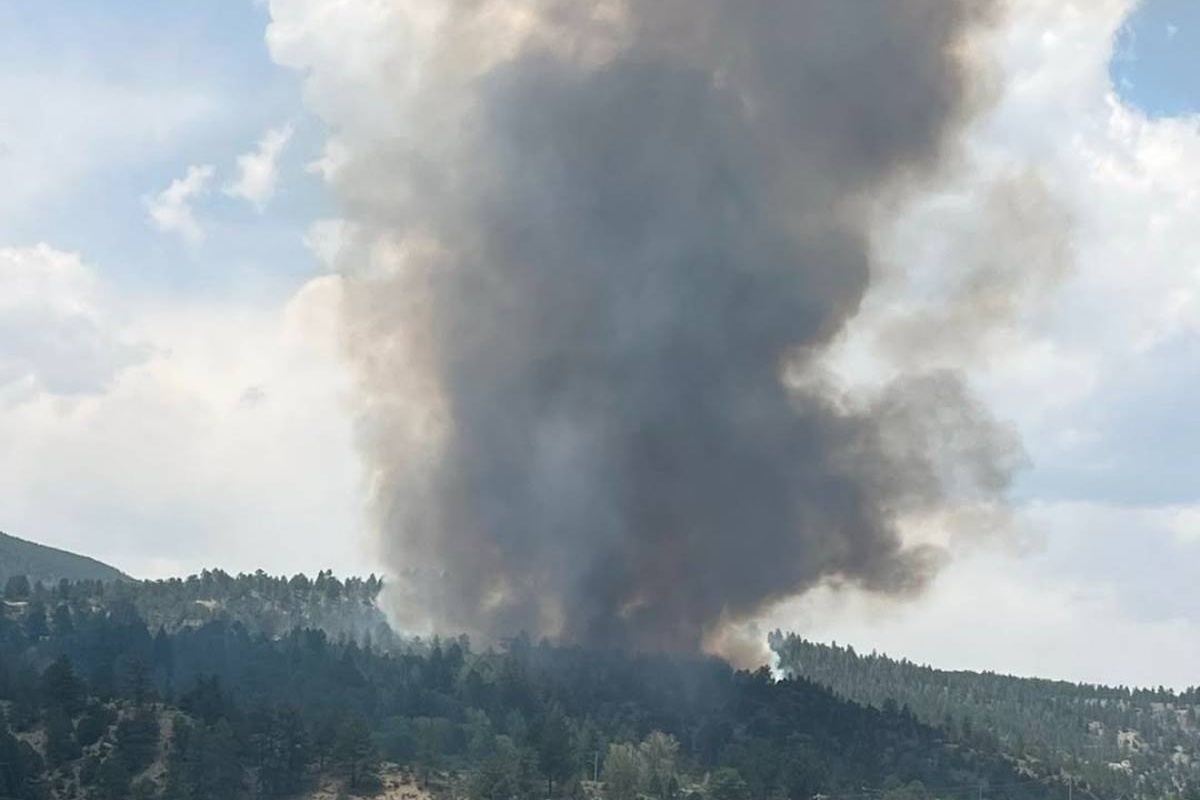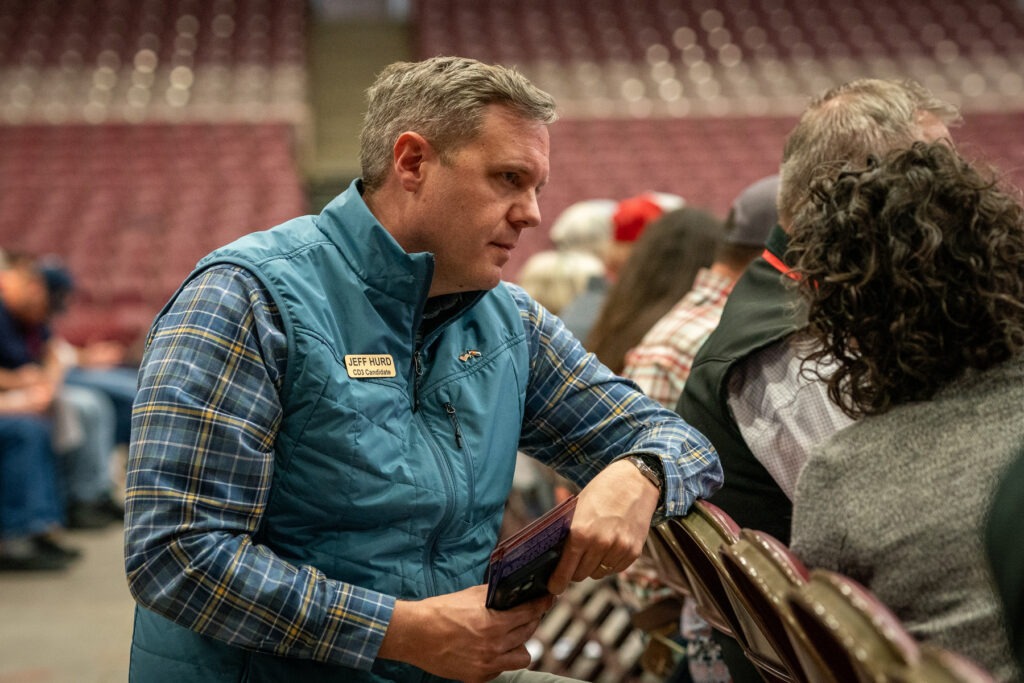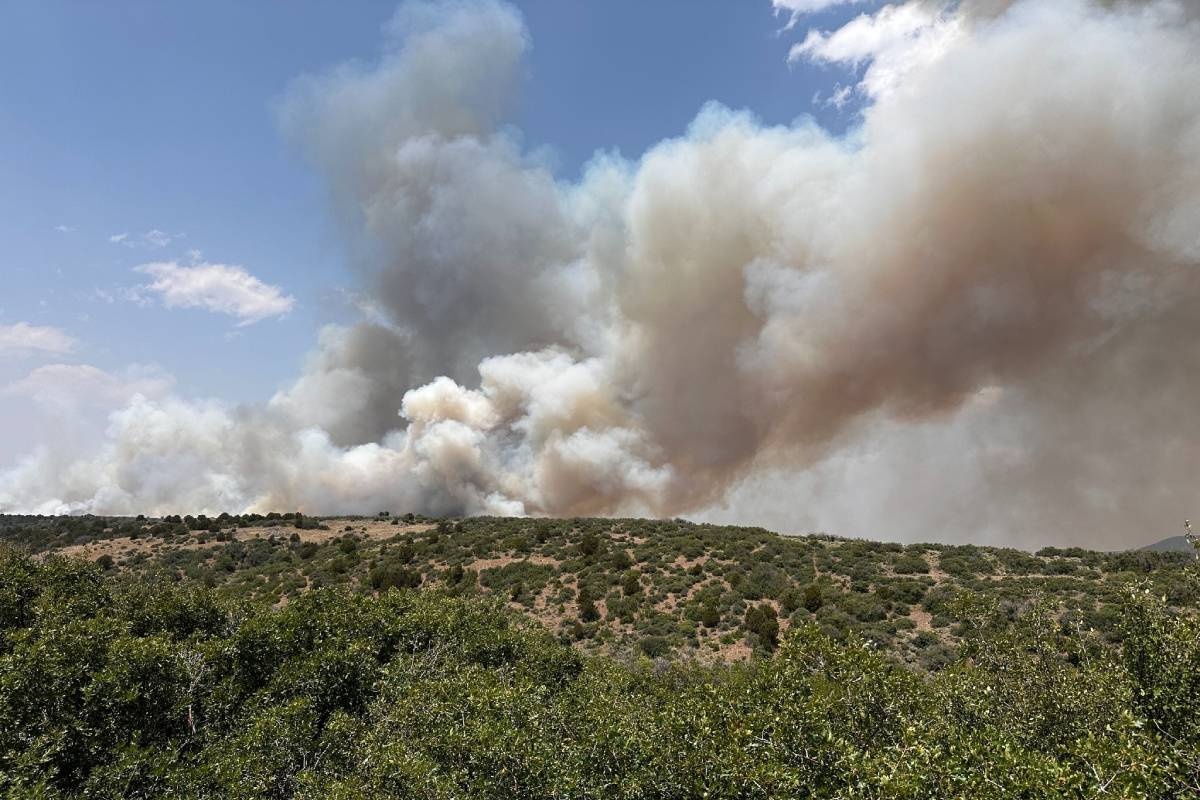
In his five years as executive director of the Colorado Department of Natural Resources, Mike King navigated contentious fracking issues on the Oil and Gas Task Force, butted heads with the Environmental Protection Agency over the Gold King Mine spill and brokered a first-ever water plan for the state.
Next month, King starts a new job: director of planning for Denver Water. He spoke with Colorado Matters host Nathan Heffel. Click the audio player above to hear their conversation, and read highlights below.
On the role of Gov. John Hickenlooper’s oil and gas task force:
“You have to deal with people getting their emotions out, feeling frustrated. Because when you are working through these rules, you tend to as a regulator, as a policy maker, to find the middle ground. But the people who are talking to you are not from the middle. They are from the fringe of each perspective. And so as you get to the finish line, the people in the middle begin to speak out a little bit more. …
“There is an inherent tension in this activity, in these areas in Colorado. And I think it’s in all of our best interests to figure out how to resolve the majority of these conflicts. We’ll never resolve all of them, and I don’t think that’s an objective that really is feasible. But I do think the key to working through these issues is creating processes by where people can have these discussions.”
On whether the task force was successful:
“The tenor of the discussion has changed over the last two years. Part of it is the result of this task force and people beginning to get more comfortable with this activity. Anytime there is a new activity, especially an industrial activity, you have to deal with the unknowns. And so that creates an uncertainty and an emotional blowback that we saw early on. I think people are beginning to understand the real impacts of oil and gas. Yes, they are real. But they are not the end of the world for these communities.”
On the DNR’s role in the Gold King Mine spill:
“I’ve never experienced an environmental impact like Gold King. In the grant scheme of things, the long-term effect on the resource itself are going to be fairly small. The long-term positive impacts is it raised awareness of this issue at a national level. The state was not involved in the Gold King Mine. We had a contract on an adjacent mine to put in some bulwark. It was a $25,000 contract on an adjacent mine. We happened to be in the area on the day that this occurred for about 20 minutes before the event. We were not there when it occurred. We were not a contractor on the Gold King. We just felt like it was important that the record reflect what our involvement in the area was. ... We had no authority to direct any activity there and we did not.”
On who’s to blame for the disaster:
“When you have a job like mine, or you work in a similar position in EPA, there is a little bit of ‘there but for the grace of god go I.’ Because EPA was there doing the right thing, trying to clean up a historic mine site. … There are just things where Mother Nature throws you a curve ball that you didn’t expect. There’s a technical breakdown with engineering that wasn’t done exactly right. I think, at the end of the day, EPA has accepted responsibility for this having occurred. I think that’s the appropriate thing. But I also think it misses the point that it should not be seen as an indictment of EPA’s efforts to clean up mines across the Rocky Mountain West.”
On the role of Superfund:
“I do think at the end of the day, Superfund is the right way. In some of these communities, it’s seen as a stigma and that it creates kind of a tourism blight on their community. But, it’s the only source of funds available at that level to deal with the magnitude of these issues.. Silverton is moving in that direction. I commend them for doing that. I think that’s the right way.”
On the state’s first-ever water plan:
“We have to go lower in our water use. I don’t think there’s any other choice. We cannot grow the next 50 years like we grew the last 50 years. I think there will be advances in technology. I think there are long-term savings, recycle, re-use, that will be at the forefront of what we do as a state to provide water to our communities. Having said that, I don’t think anybody who’s serious about evaluating our current situation believes that we can meet 5 million more people coming into the state through conservation. New supply is going to have to be part of the discussion.”
On leaving the DNR:
“I’ve been blessed to work with some of the most remarkable people. And so I’m extraordinarily proud of the people who work at DNR and what they do on a day-in and day-out basis. For me … we opened Staunton State Park. … And two or three years ago, we, after other states were closing down their state parks through the Great Recession, restricting hours, we not only kept our state parks open and viable and didn’t restrict anything, we opened a new one. And that was a really cool day to be able to do that for the people of Colorado.”









